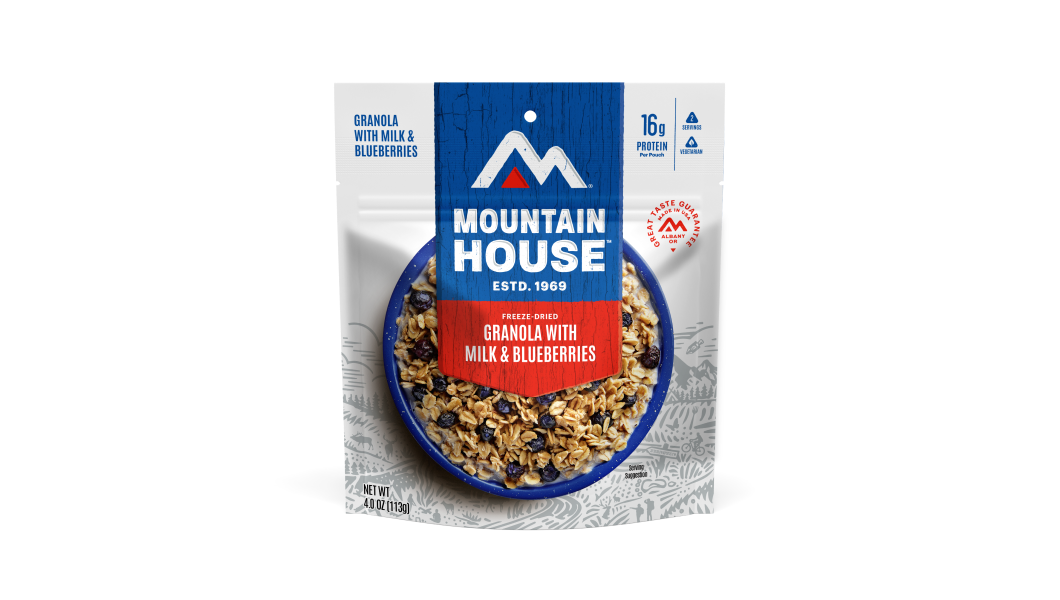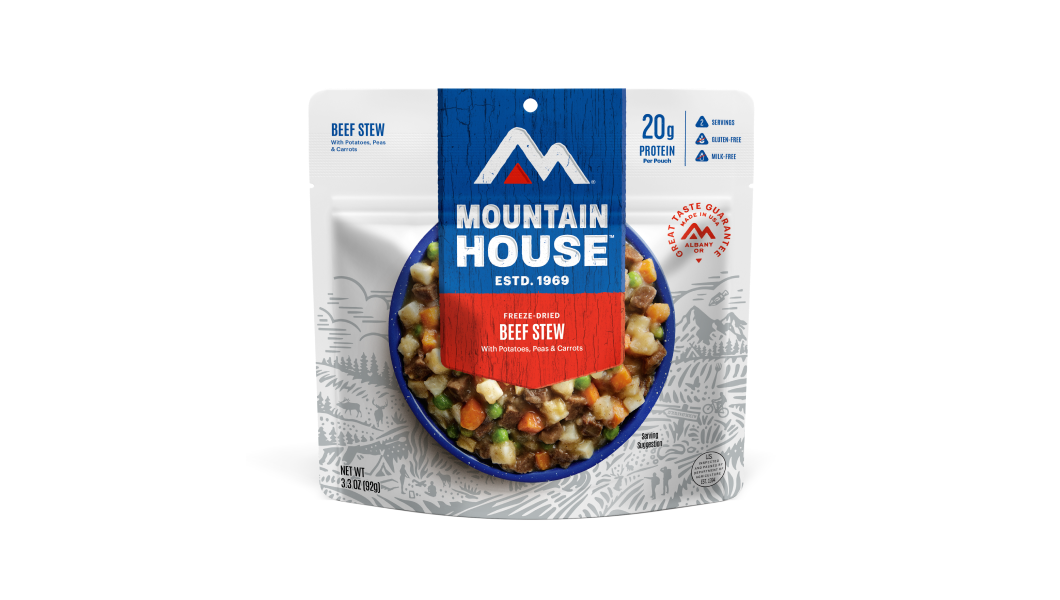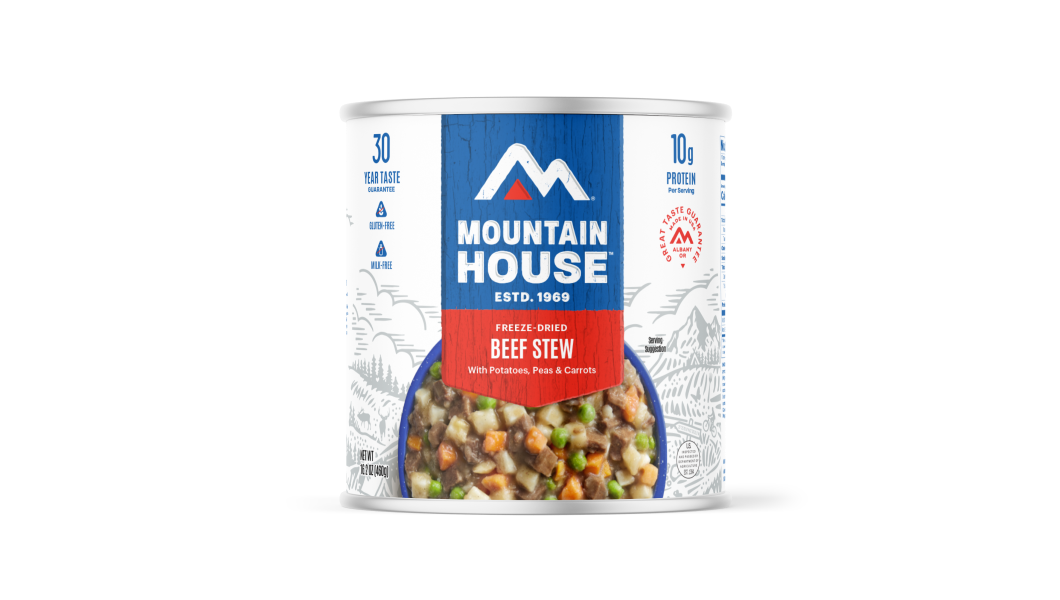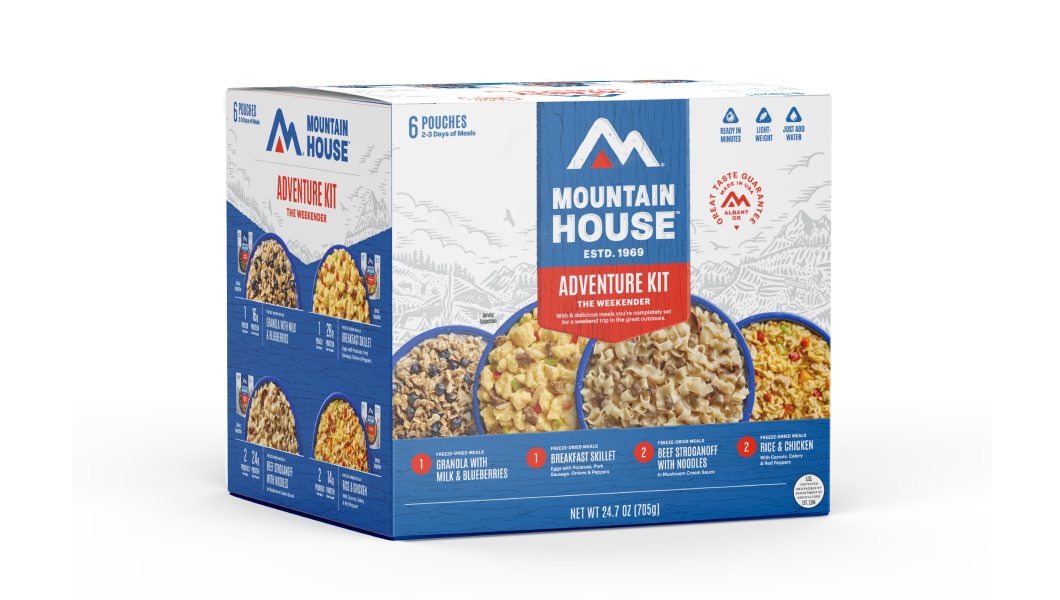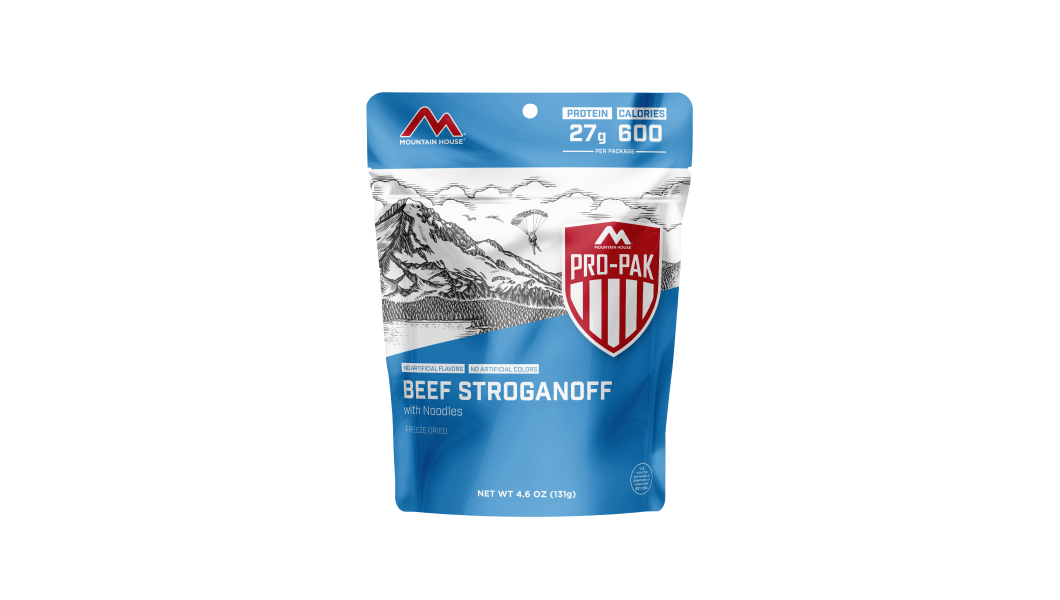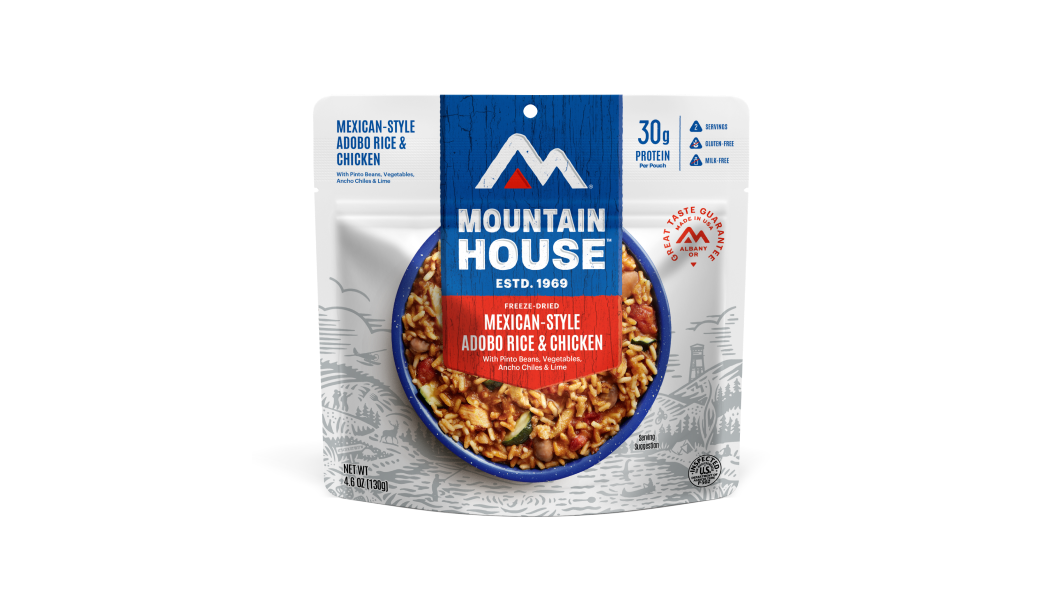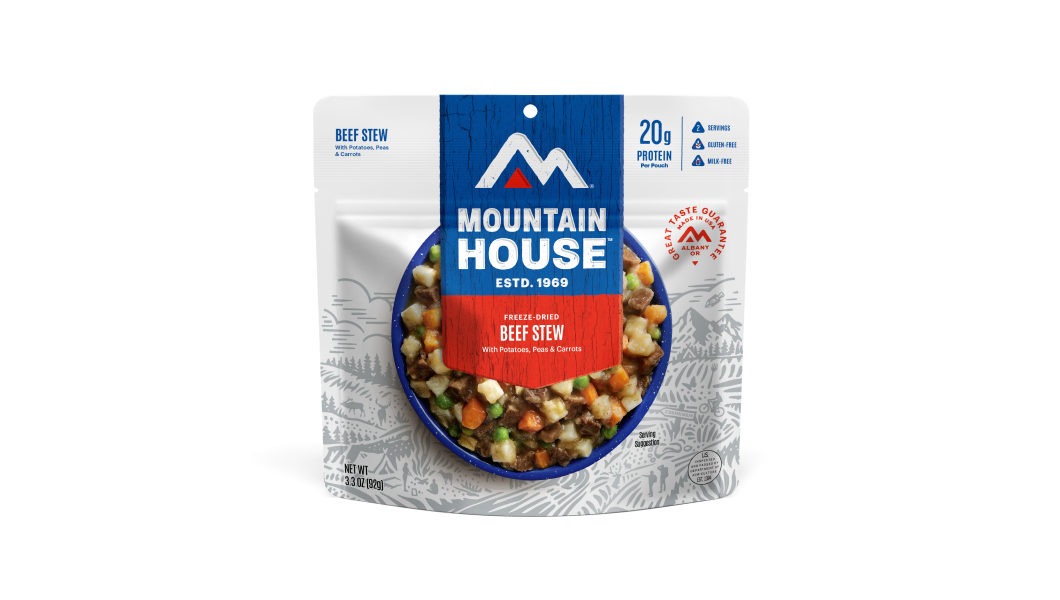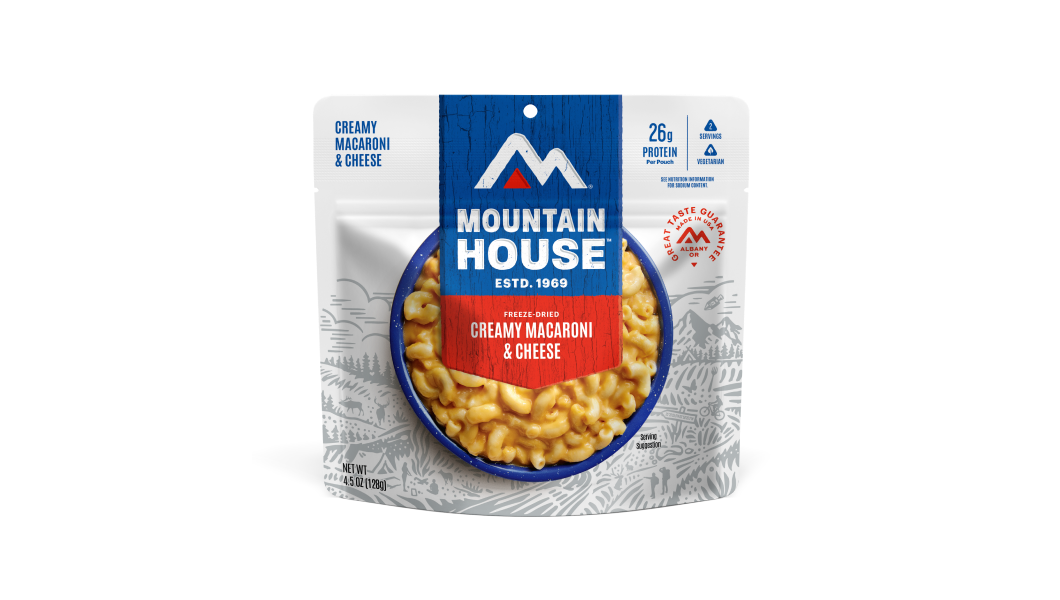Inspired for an Adventure? Check out Beef Stroganoff - Pouch and Beef Stew - Pouch
Free Ground Shipping On All Orders
Over 2,100 Reviews
Add description, images, menus and links to your mega menu
A column with no settings can be used as a spacer
Link to your collections, sales and even external links
Add up to five columns
Add description, images, menus and links to your mega menu
A column with no settings can be used as a spacer
Link to your collections, sales and even external links
Add up to five columns


If you’re brand-new to hunting or have always pursued it as a solo undertaking, planning a group hunt can seem a bit daunting. But nothing compares to creating lifelong memories—hearing the rustling of wildlife in the woods, sharing quiet moments of awe, and feeling a deep connection to nature that stays with you long after the day ends—even if you don’t punch your tag.
We’ll run through some of the basics of group hunting trip preparation, from deciding between the guided vs. DIY routes to rounding out your camp menu.
How to Plan a Hunting Trip: Picking Goals and Location
The following considerations are some of the core fundamentals when it comes to planning a hunting trip.
What Are You Looking to Hunt?
What game species are you interested in targeting for your group hunting trip? Needless to say, that’s going to determine an awful lot about the trip logistics. Depending on your location, you may find convenient close-by opportunities to hunt widespread game such as white-tailed and mule deer, wild turkey, and waterfowl. Perhaps, though, you and your hunting buddies have long been tantalized by the legendary monster whitetails of one or another more farflung region, in which case more advance planning, longer travel time, and higher costs will likely be involved.
Obviously, hunters in New Jersey or Florida are going to have to travel—and adjust to a completely different landscape and hunting mode—if they’re looking to try their hand against the pronghorn of the western prairies and steppes, or maybe give javelina-hunting in the Desert Southwest of New Mexico or Arizona a go. (The same goes for Mountain West mule-deer aficionados experiencing their first Midwestern or eastern whitetail hunt amid hardwood forests or farmland.)
It may take years of planning (and maybe a little luck) to land your dream moose or mountain-goat or elk hunt in, for example, Wyoming, Montana, Idaho, Colorado, or British Columbia—and even more time and savings if you’re aiming for a caribou or Dall sheep chase in Yukon or Alaska.
Public vs. Private Land
Choosing the most fruitful spot for your target game animal is only part of settling on the most optimal hunting locations. Land ownership is another big decision factor.

Photo by chris robert from Unsplash
There are respective pros and cons to hunting on public vs. private land, without question. Certainly, some of the finest hunting (and outdoor-recreation) opportunities—and highest-quality wildlife habitat—in the country are to be found on our nation’s extensive system of state- and federally managed public acreage, from national forests to state wildlife refuges. However, depending on your region, you might have limited productive public land nearby, and what is available often faces heavy hunting pressure.
Private lands offer an alternative, but you’ll need to obtain permission: Trespassing (like poaching or unsportsmanlike behavior) gives all hunters a bad name. Organizing a group hunt raises the odds that somebody or another in the party may have a connection—a family member, a neighbor—to a promising private parcel. Pooling your resources and leasing hunting land is another option.
Guided vs. DIY Hunts
A guided trip may be your only realistic option for certain kinds of game and certain locations. Unfortunately, as in any trade, there are unscrupulous and unethical outfitters out there, so do your homework, seek recommendations, and be on the lookout for red flags when initially interfacing with a prospective guiding service.
Taking advantage of the experience and skill of a local guide will cost you, of course. That’s certainly another perk of a group hunt: pooling financial resources to pull off a more ambitious hunt and link up with a top-tier outfitter. If that’s not really feasible, though, a DIY trip can be incredibly satisfying indeed. With the profusion of geographically specific hunting resources out there these days, from magazines to websites and online forums, success on a self-guided hunt is arguably more attainable than ever.
Your Hunting Camp: Type of Lodging
A group-hunting “camp” might take the form of a literal tent or RV group site, or backcountry campsite; it might also, of course, be a cabin or lodge. The size of your group, and everyone’s relative desires for creature comforts and personal definitions of “roughing it,” as well as the location you’re hunting in are logical factors that’ll influence what sort of lodging setup you all settle upon.
Timing
As with any trip, what you bring along for your group hunt partly depends on its duration. A hunting checklist for a weekend getaway will be a much simpler affair than one for a weeks-long adventure.
Secure Hunting Licenses, Permits, and Understand Regulations
U.S. states and Canadian provinces typically have different licenses for residents vs. non-residents. What you’d like to hunt and where (not only in-state vs. out-of-state hunts, but also particular land and wildlife management units) will help determine what tags and permits you’ll need. Review all hunting regulations relevant to your trip, including bag limits, seasons, and legal methods, and make sure everyone in your group knows them inside and out.
Hunting Trip Packing List
It’s a good idea to divide your hunting trip packing list among the group so that no single person has to organize and bring everything. Some gear, like clothing and personal items, will be up to each individual, while other items can be shared across the group.
- Licenses, Permits & Tags: Be sure everyone has their own required documentation, including permission forms or landowner letters if applicable.
- Firearm/Bowhunting Equipment: Include your firearm or bow, plus ammunition or arrows, cleaning kit, scope or rangefinder lens cloths, and a few practice targets for zeroing in before the hunt.
- Clothing Checklist (Individual): Base layers, insulating midlayers, waterproof outerwear, gloves, hats, and blaze orange gear required for safety.
- Essential Hunting Gear (Group or Shared): Field-dressing kit, game bags, coolers for meat storage, binoculars or spotting scopes, rangefinders, navigation tools (like topographic maps, compass, and GPS), well-stocked first-aid kit, headlamps or flashlights with extra batteries, knives or multi-tools, and a water purifier or filtration system.
- Hunting Camp Essentials (Depending on Lodging): Tents, tarps, sleeping bags, sleeping pads or air mattresses, camp chairs, portable heaters, cooking gear, and food storage solutions.
Food Ideas for Hunting Trips
Half the fun of a hunting trip (or any outdoor adventure) is, let’s face it, the camp menu! On a group outing, it’s not a bad idea to assign different meals to each person.

Here are some suggestions when it comes to food for hunting trips:
- Non-Perishable Staples: from jerky, nuts, and crackers to canned soups, protein bars, and freeze-dried meals. Speaking of the latter, you can’t do better, of course, than Mountain House, what with our unbeatable shelf-life guarantee and diverse lineup of breakfast, lunch, and dinner entrées!
- Easy-Cook Meals: Besides the freeze-dried option—Mountain House pouches are just-add-hot-water meals—you might consider make-ahead chilis or stews, foil-wrapped veggie/potato packets for campfire cooking, one-skillet sausage/bacon/egg breakfasts, and the like.
- Snacks & Quick Bites: cheese sticks, granola bars, dried fruit, peanut butter, energy gels, trail mix, etc.
- Drinks: First and foremost, make sure you have an ample source of water and the ability to filter/purify at natural water sources (streams, springs, waterholes) while out on the hunt. Other camp-friendly drinks include instant coffee, tea, powdered beverage mixes, and electrolyte packets.
Prioritize Safety & Ethical Hunting
The two pillars of responsible hunting? Safety and ethics. From wearing blaze orange and diligently following safe-shooting rules to rigging and using a treestand properly, ensure that everybody in your party puts hunting safety at the very top of the priority list.
It’s essential to know basic first-aid, understand what equipment to bring—and how to use it—for wilderness survival, from fire-starting materials to emergency shelters.
If you’re hunting in bear country, have proper bear-proof food-storage options available (which could be simply a hard-sided vehicle), and bring along bear spray.
And, as on any outdoor trip, make sure your group has emergency contacts back home who know your hunting plans, and carry emergency communication devices such as satellite messengers or beacons.
Everybody in your party should know and always abide by ethical hunting practices, from the principle of fair chase and the fundamentals of a clean kill to respecting wildlife and natural environments as well as minimizing waste.
Fuel Your Next Group Hunting Trip With Mountain House
Lightweight, nutritious, long-lasting, and almost unbelievably easy to prepare, freeze-dried Mountain House meals are absolutely perfect for hunting trips, from long weekends in the frontcountry to multi-day adventures in big, back-of-beyond wilds.
Explore our full collection of go-to meals for sportsmen and women. Consider our Build Your Own freeze-dried meal kit to make planning your meals for the entire trip easy.

24 of the Best Trout Streams for Fishing in the U.S
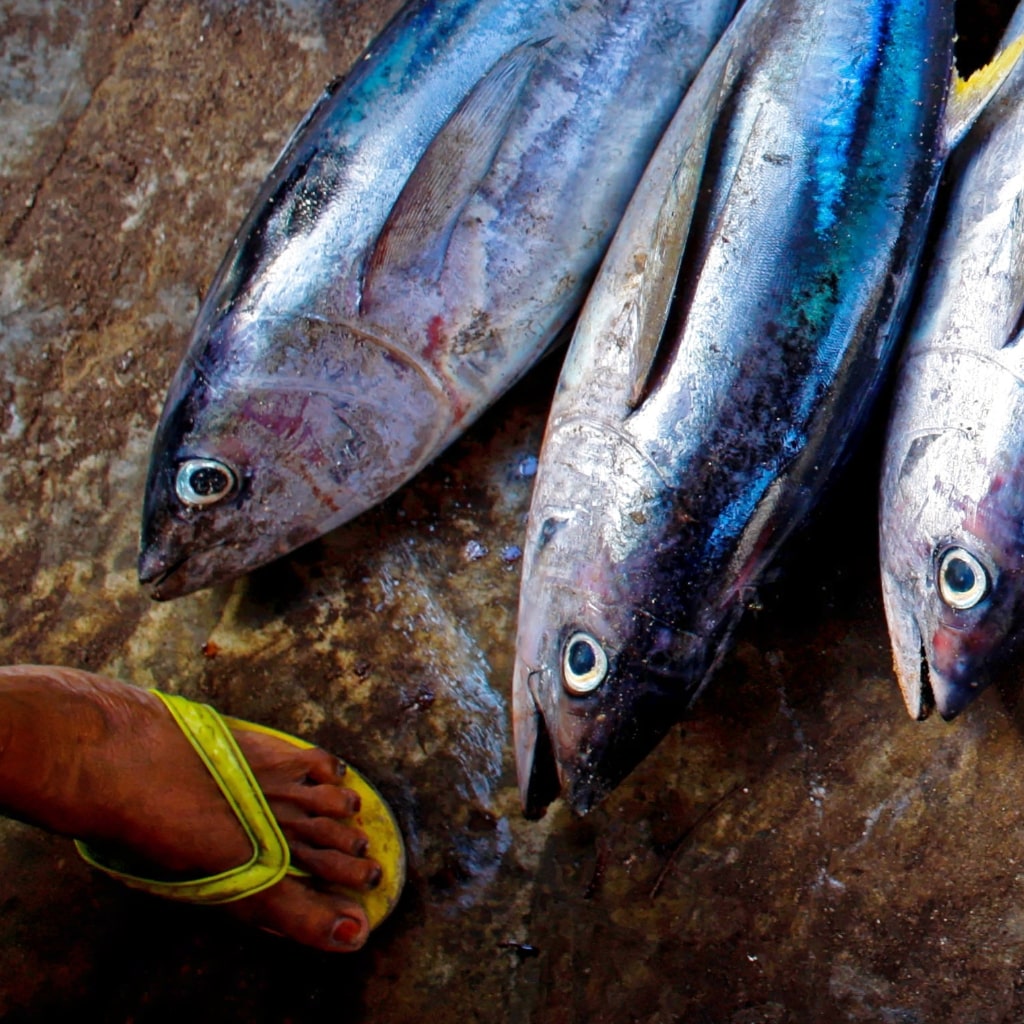
From Catch to Table: How to Properly Clean a Fish Before Cooking
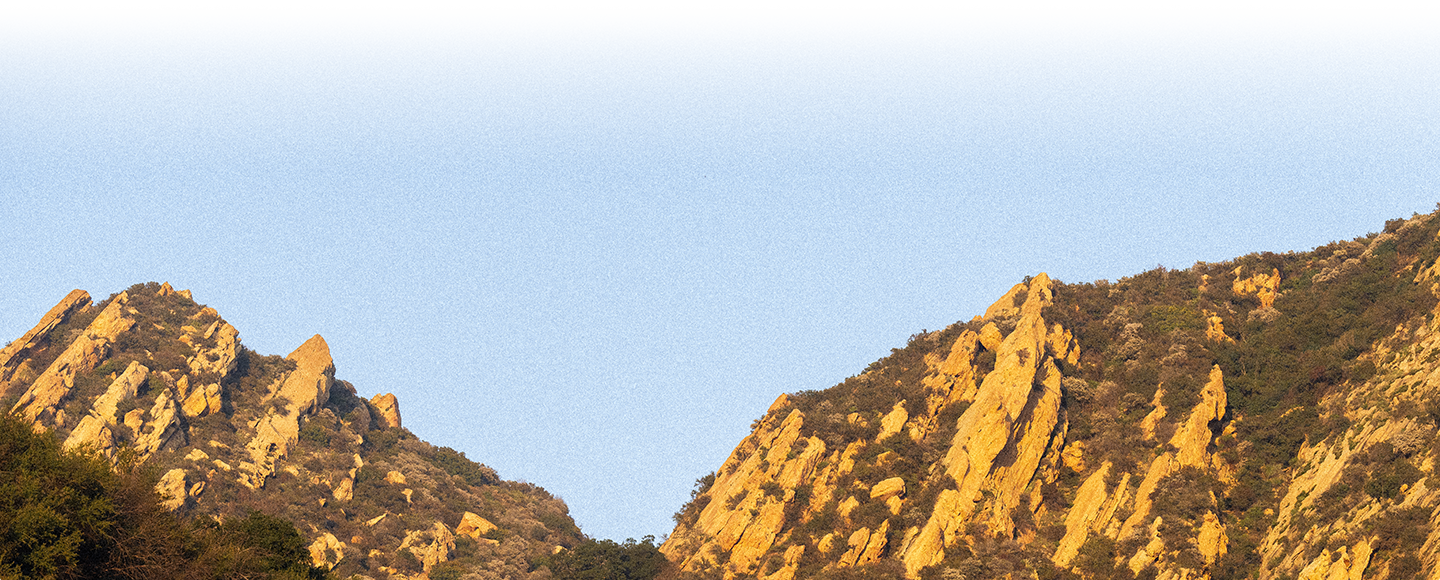
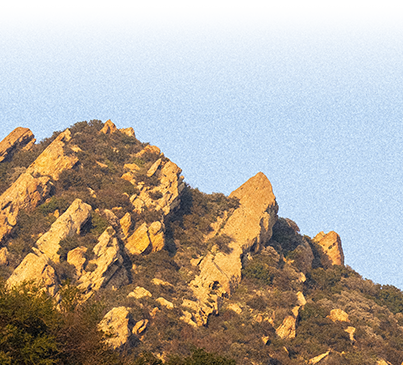
Stay Hungry for Adventure
Sign Up for Delicious Outdoor Meals & Exclusive Offers!
By clicking ‘Join Now’, I agree to the Terms of Service and Privacy Policy.


Join the adventure
©2025 Mountain House — All Rights Reserved.
Your Cart is Empty
Continue ShoppingYour Cart
Subtotal
$0.00
EXPRESS PAYMENT METHODS AVAILABLE IN CHECKOUT
Taxes and Shipping Calculated at Checkout
Your ExpertVoice deal.
$[Deal Price]
$[Original Price]
Discount applied at checkout.
On sale now — lower than your ExpertVoice discount.
Not eligible for ExpertVoice discount.
